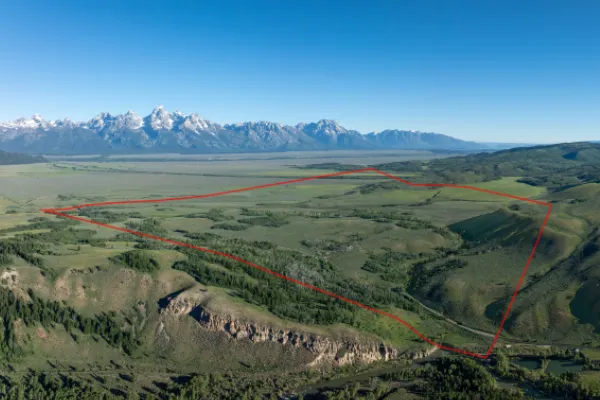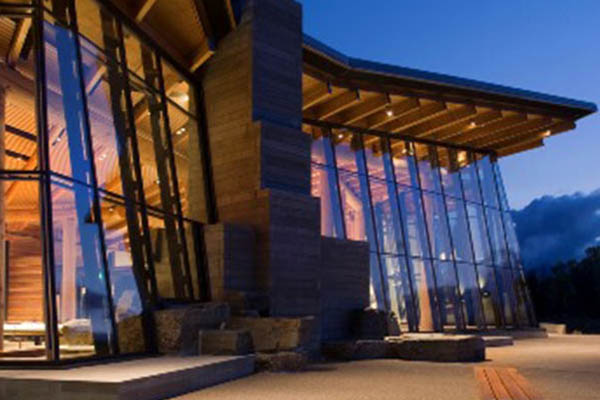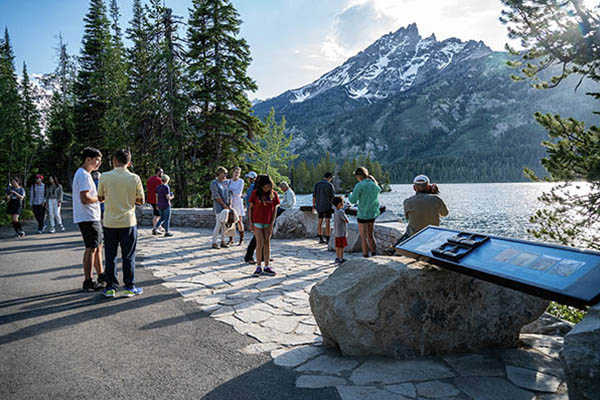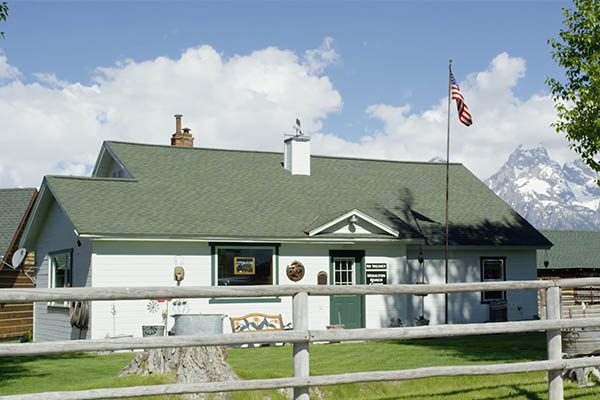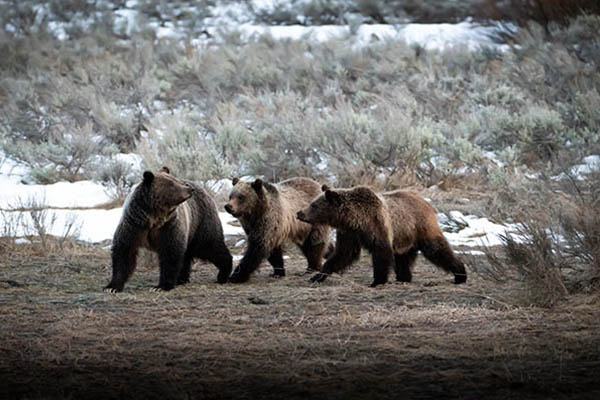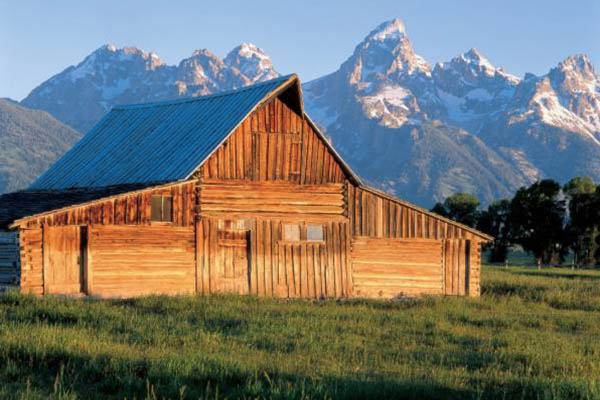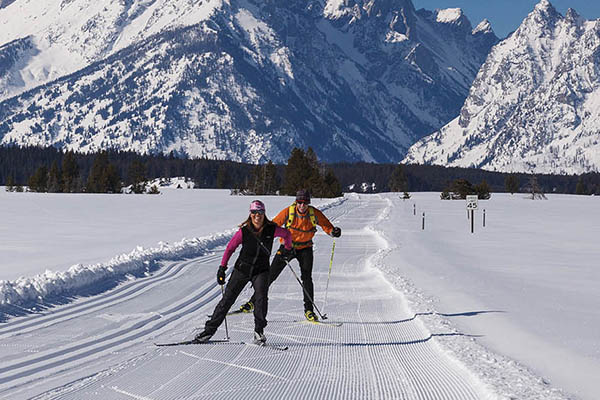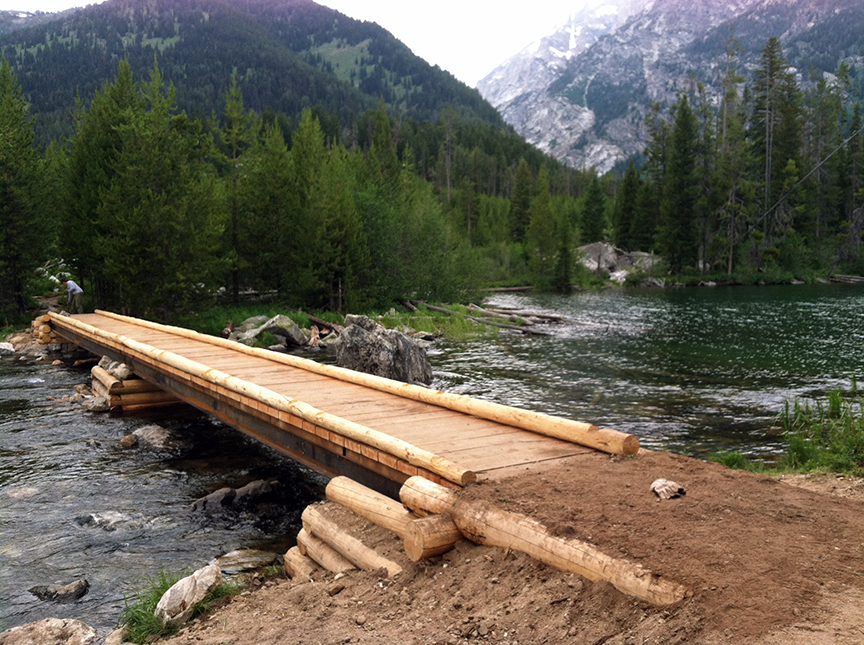Alex St.Clair is a former crew leader who spent 10 seasons building and maintaining the more than 300 miles of trail in Grand Teton National Park. In this series, he shares a glimpse of the hard work involved in trail construction and maintenance.
In places like the Tetons where water is abundant in nearly every corner of the park, it is often necessary to provide safe crossing for trail users. Bridges are especially important during spring runoff when creeks are swollen and dangerous to cross. Although materials and tools for bridge building have advanced over the years, concepts and techniques remain the same.
Trail bridges consist of a few main components: abutments, stringers, and decking. For decades, Teton bridges were constructed entirely of native timber harvested from the worksite. A typical timber bridge would provide approximately 20 years of service before deteriorating. Smaller bridges in the Tetons are still constructed this way—by carefully scribing and carving saddle notches to stack each log together—but the trail crew has turned to more permanent materials, such as steel and concrete, for major crossings.
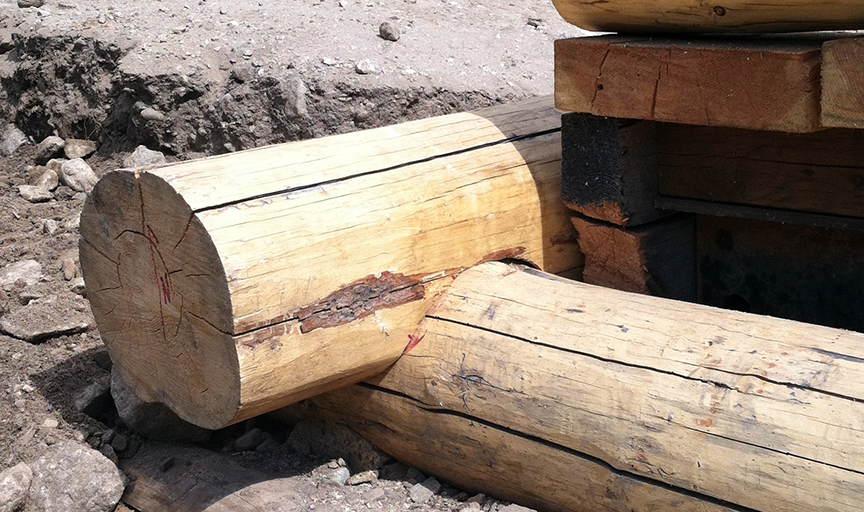
A good example of how saddle notches should fit snugly together. A good fit is important to keep water out and prevent rotting.
Modern trail bridge building begins by pouring concrete abutments. These are large rectangular blocks carefully set at equal heights and squared to one another on both sides of the crossing. A length of steel I-beam typically parallel to the channel being crossed is set directly on top of the concrete. Next are the stringers. The stringers are long pieces of steel that span the water or chasm being crossed, usually perpendicular to the flow. Once the stringers are fastened to the abutments, nailer boards of pressure-treated lumber are mounted to them. Then the decking, which creates the walking surface of the bridge, is spaced out evenly and spiked down. At this point the bridge is passable, but finish work including kick rails and hand rails often must be installed before the bridge is safe and officially complete.
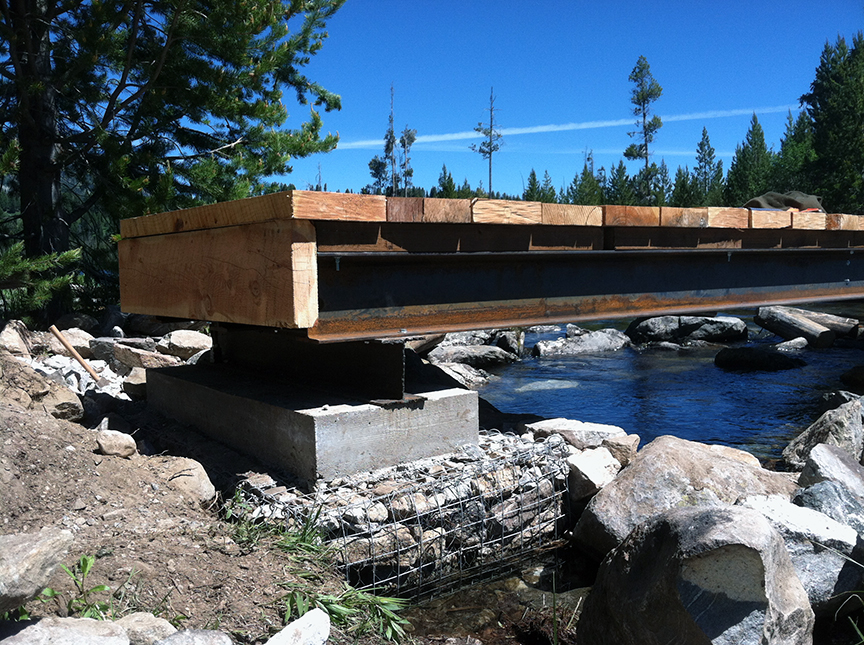
Side profile of each stage of bridge construction starting from the concrete abutment on bottom and working upward to the final decking.
Using concrete and steel is heavy work which requires crews to employ mechanical advantage techniques in order to transport materials. Nearly every major crossing in Grand Teton will have been built using mechanical advantage. These systems, known as highlines, involve large manually powered come-alongs known as griphoists, and a series of blocks, shackles, webbing anchors, and steel cables—all under extremely high tension. This allows crews to lift thousands of pounds with little effort.
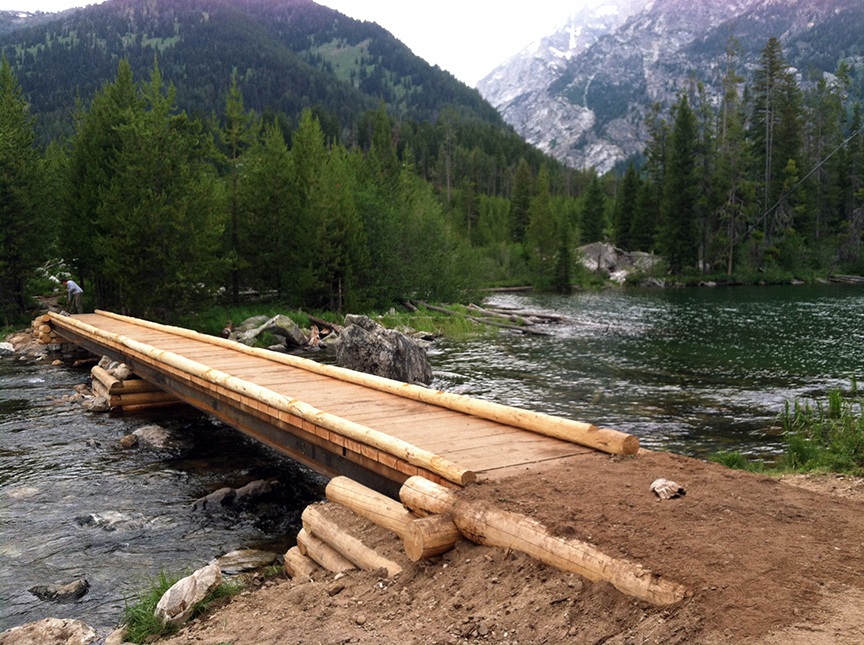
The finished product is a safe crossing for trail users. Pictured is the bridge across the outlet of Taggart lake in Grand Teton National Park.
Building a bridge can take weeks or even months. Extensive planning and constant evaluation throughout the process ensure proper and safe construction of the structure. Be sure to keep an eye on the progress of the Chasm Bridge on the west side of Jenny Lake, which is slated for completion in summer of 2018.

